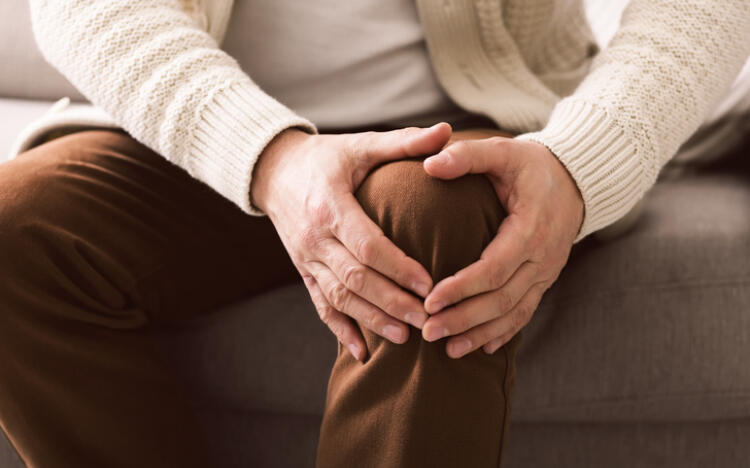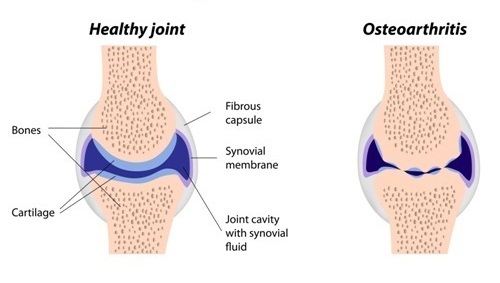If you are experiencing pain related to your osteoarthritis, there are several medicine options for you to choose from. Starting with a cream or gel before moving to oral medicines may be a good option, or a combination of the two may be more effective at relieving aches and pains.
Topical treatments (creams or gels)
Topical medicines that reduce inflammation can be rubbed on to the skin over affected joints for pain relief. Examples include products that contain the active ingredient ibuprofen or diclofenac.
These treatments can be as effective as oral pain relievers for some people, especially if you have osteoarthritis in more accessible joints such as the knee or hand. Topical treatments are also well tolerated.
Oral medicines
Paracetamol
Paracetamol is commonly used to treat osteoarthritis. However, a recent study found that, on its own, it provided minimal pain relief for osteoarthritis. Paracetamol has fewer side effects than non-steroidal anti-inflammatory drugs (NSAIDs) such as ibuprofen, naproxen or diclofenac, but large doses of paracetamol can damage the liver.
Find out more about safe use of paracetamol.
NSAIDs
If paracetamol or topical treatments do not provide suitable pain relief from osteoarthritis, some people may find over-the-counter oral NSAIDs helpful. Not everyone can use these medicines on a regular basis everyone. So it is recommended that you speak with your doctor, nurse or pharmacist to ensure oral NSAIDs are an option for your condition.
Opioid medicines
Opioids are a group of medicines that are commonly used to treat severe acute pain or cancer pain. However they are often not very effective in chronic pain that is not caused by cancer. Opioid medicines may contain active ingredients such as morphine, codeine, oxycodone, tramadol, or methadone. International osteoarthritis guidelines only recommend strong opioids in exceptional cases. They are only available with a prescription from your doctor.
Learn more about opioid medicines and chronic pain.
Learn more about pain relief options.



